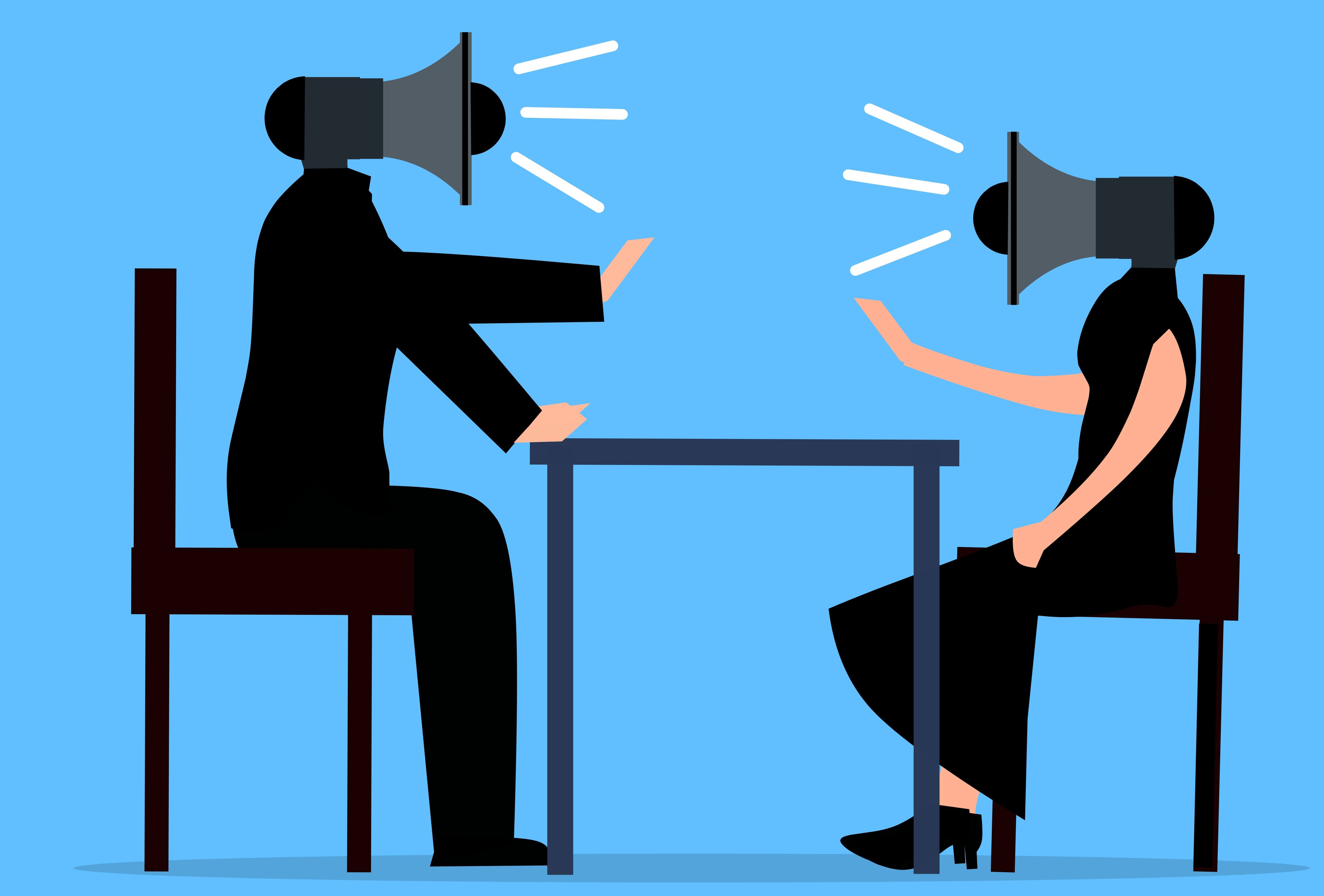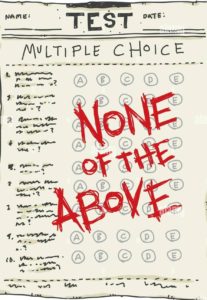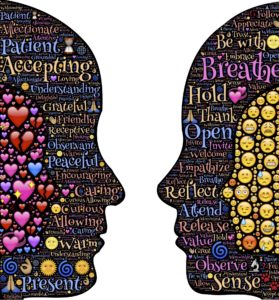
 Whenever I start a focus group, I point out that the participants don’t have to agree on everything. “We’re not the Continental Congress ratifying the Declaration of Independence in 1776 – there’s no need for unanimity,” I’ll say. “We can disagree and still get along.” I’ll often go on to point out that if they argue with each other for the entirety of the group, that’s fine with me, as long as they keep it friendly.
Whenever I start a focus group, I point out that the participants don’t have to agree on everything. “We’re not the Continental Congress ratifying the Declaration of Independence in 1776 – there’s no need for unanimity,” I’ll say. “We can disagree and still get along.” I’ll often go on to point out that if they argue with each other for the entirety of the group, that’s fine with me, as long as they keep it friendly.
A key principle in qualitative research is this: you’re more likely to learn interesting, surprising stuff when people disagree than when everybody’s on the same page. As George Patton said, “if everyone is thinking alike, then somebody isn’t thinking.”
This is important wisdom for all aspects of our lives. How boring things would be if everybody we encountered shared all our opinions. However, interacting with people can be challenging when they have opinions that are diametrically opposed to yours.
Frequently, I hear it said that we must respect all opinions. I disagree. We must respect people, and we absolutely must respect their right to their opinions, but we most certainly do not have to respect the opinions themselves.
One factor that makes this difficult is the tendency to confuse opinions with people. So, here’s a fundamental principle: you are more than just your opinions. People are defined by their actions – the things they actually do – not the thoughts in their heads. All people have a fundamental right to be treated with respect. But ideas and opinions aren’t people, and so they don’t have that essential entitlement. They must earn respect.
I have friends who differ profoundly with me on important issues. These are good, honest people whom I am fortunate to call friends. But maintaining that friendship in the face of such disagreement requires a crucial social skill: the ability to agree to disagree. This can be harder than it sounds, particularly in the case of emotionally charged beliefs – such as religious ones – or those that are linked to a moral principle. The key lies in separating the opinion from the person. Respect for you doesn’t require respect for your opinions, and disrespect for your opinion doesn’t imply disrespect toward you.
Your newsletter continues here…
Disagreeing respectfully – even lovingly – is tricky. Here are a few things that can make it a bit easier:
-
Before you decide what think about an opinion, determine what kind of opinion it is. Opinions can be divided into two categories:
Aesthetic judgements – these are entirely subjective beliefs. E.g., ‘my dog is really cute.’ Beauty being in the eye of the beholder, it really doesn’t matter if others respect this opinion or not.
Truth claims – these are representations of fact, such as, ‘George Washington had wooden teeth’. As Aristotle pointed out, something is either true or it isn’t. If an opinion is a truth claim, and the facts support it, then it’s worthy of respect.
One thing that can muddy the waters: aesthetic judgments sometimes get stated as truth claims, and truth claims sometimes get stated as aesthetic judgments. And things get even more confusing if there’s a truth claim on one side of the conversation and an aesthetic judgment on the other. So be careful.
-
Express disrespect for an opinion in a way that clearly shows respect for the person who holds it. Rather than saying something like “you’re an idiot for thinking that” or “that makes no sense,” ask questions such as …“what’s the basis for your point of view?” Or, “Tell me about how you came to hold this opinion and the journey that led you to it.” This gives you an opportunity to share your own journey.
-
Remember that opinions—even your own— must be subject to examination. Nobody should expect their opinions to be accepted without question. It is never OK to say that an opinion is ‘off the table’ for scrutiny. If opinions can’t be challenged, then there’s no mechanism for preventing the acceptance of bad information or the rejection of valid information. If you’ve read my previous post you’ll know why this is important.




